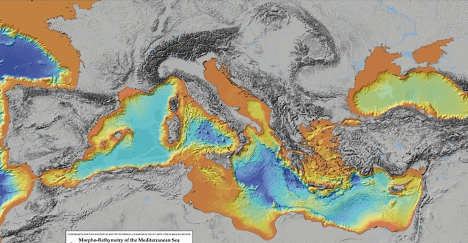Présentation d'un nouveau produit du CDS-IS-OMP inscrit au catalogue ODATIS: il s'agit d'un jeu de données de bathymétrie à haute résolution en mer…
Bathymetry

Bathymetry (from the ancient Greek "bathys" meaning "deep") involves mapping the seabed in order to make topographical surveys of the reliefs and to define the typology of these substrates.




